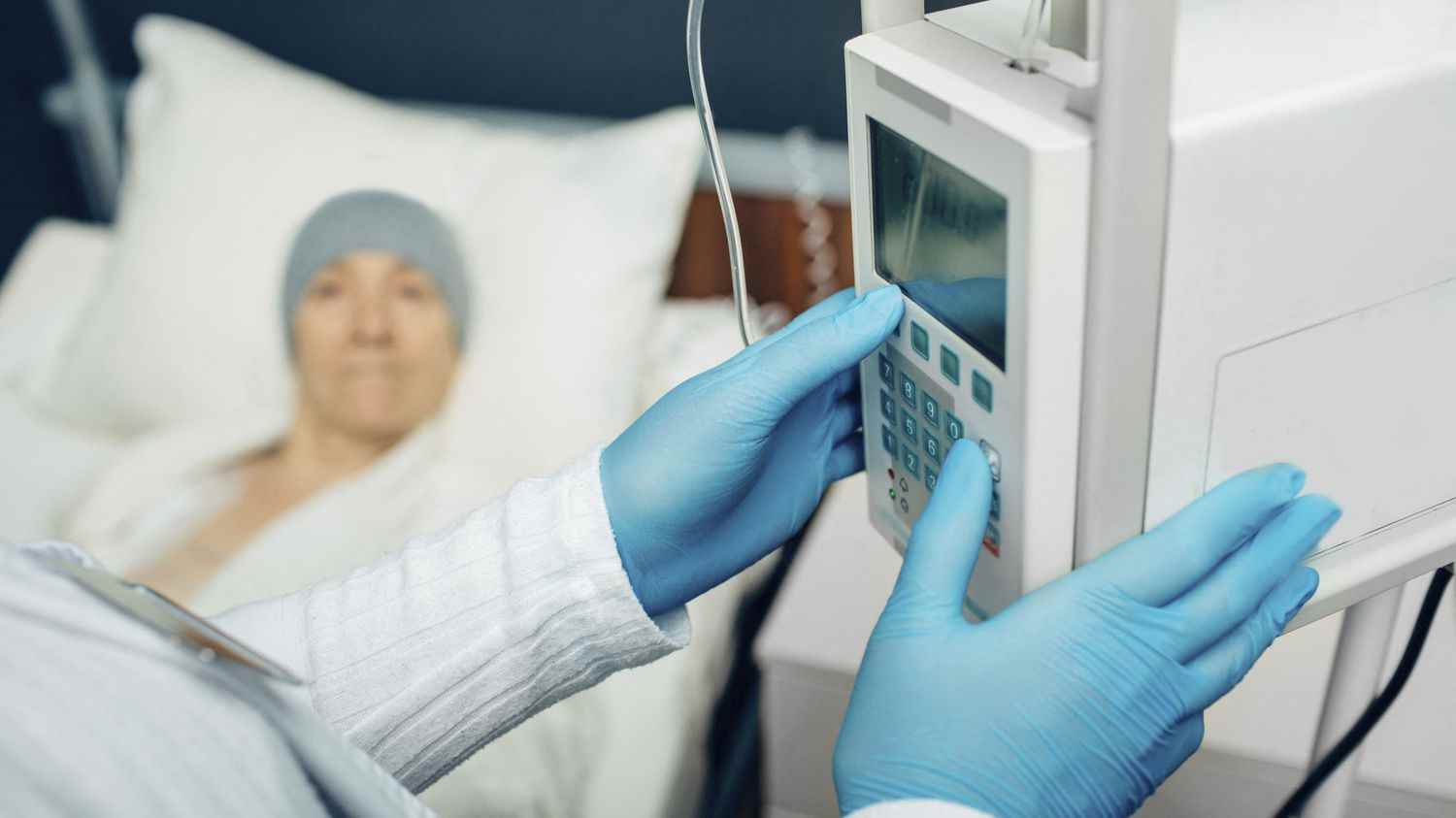The authors of this study are looking into the possibility of administration by subcutaneous route, rather than intravenously as is currently the case.
Article written by
Published
Reading time : 1 min.
Could chemotherapy become much simpler for cancer patients? A French study published by the Journal of the American Chemical Society (link in English) Tuesday, October 4, paves the way for a subcutaneous injection protocol, and no longer intravenously as today, but the process has yet to prove itself in humans.
The treatment of cancer is very often based on the administration of chemotherapies by intravenous route, which generates a lot of constraints and requires hospitalization. A subcutaneous injection could make it possible to lighten the current protocol. Easier to put on œwork and more comfortable for the patient, such an injection is nevertheless impossible to practice most of the time, because the active principles are aggressive and tend to stagnate at the level of the subcutaneous tissue where they cause necrosis of the skin because of their high toxicity.
To circumvent this obstacle, scientists have developed a new approach: by coupling a sparingly soluble and aggressive active principle widely used in chemotherapy, paclitaxel, with a polymer having a very strong affinity with water, they have succeeded in obtaining an anticancer soluble, thus being able to pass rapidly from the subcutaneous tissue into the bloodstream, without causing toxicity at the site where it is administered. Although this research has yielded promising results in an animal model, it has yet to prove its effectiveness in humans. Scientists hope to start a clinical trial in 2024.
